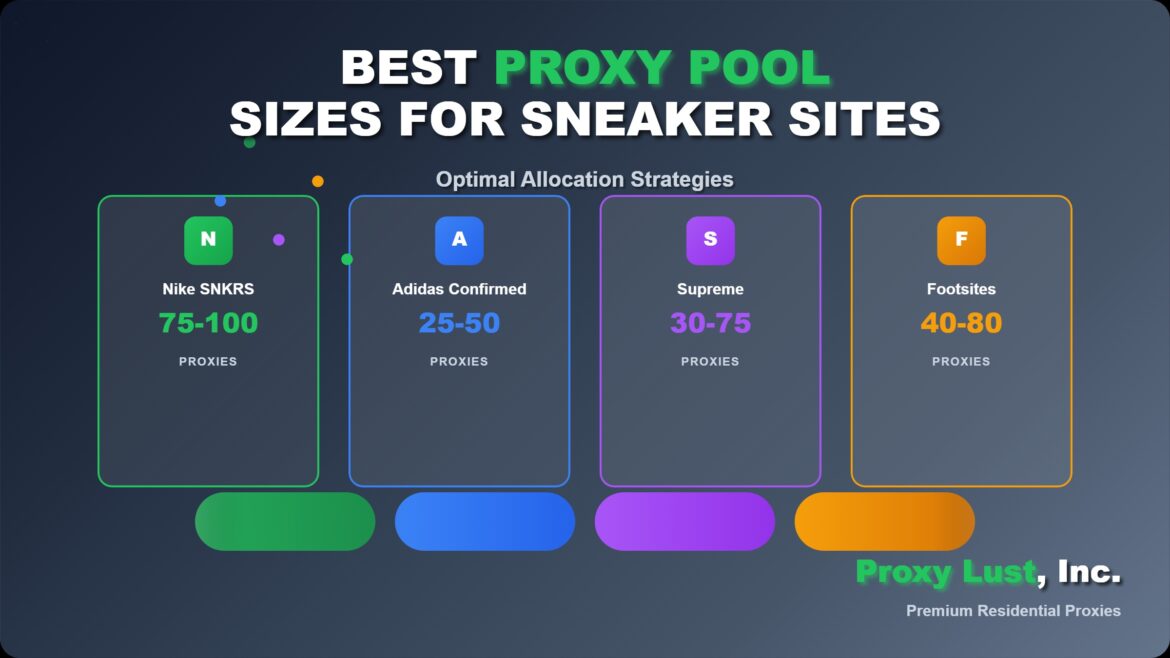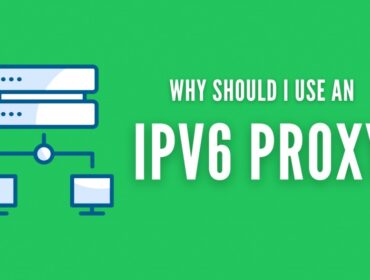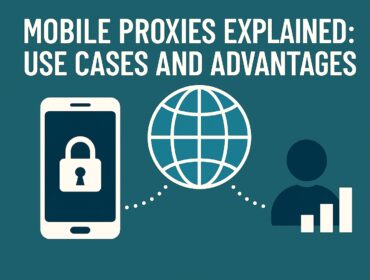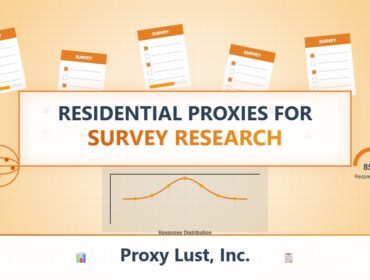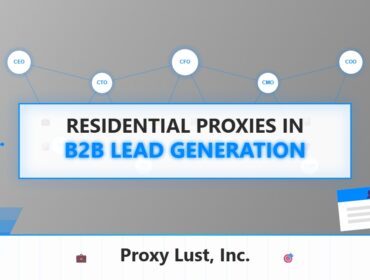Determining optimal proxy pool sizes for sneaker sites requires understanding each platform’s unique anti-bot systems, traffic patterns, and release mechanisms. Strategic proxy allocation maximizes success rates while minimizing costs across different sneaker retailers and release formats.
Nike SNKRS and Nike.com Requirements
Nike’s sophisticated detection systems require substantial proxy pools for successful copping operations. For SNKRS app releases, allocate 50-100 residential proxies per bot instance to ensure adequate rotation during queue systems and draw entries. Nike.com shock drops benefit from larger pools of 100-150 proxies due to aggressive rate limiting.
Geographic distribution matters significantly for Nike releases. US-based drops require primarily US residential proxies, with emphasis on major metropolitan areas like New York, Los Angeles, and Chicago where Nike servers are located.
Adidas and Yeezy Supply Optimization
Adidas Confirmed app operates differently from traditional releases, requiring 25-50 residential proxies per bot for optimal performance. The app’s reservation system tolerates moderate proxy usage, making smaller pools cost-effective.
Yeezy Supply releases demand larger proxy pools of 75-125 residential IPs due to unpredictable drop timing and aggressive bot detection. Queue systems can last hours, requiring stable proxy connections throughout extended waiting periods.
Shopify-Based Retailers Strategy
Shopify sites like Supreme, Kith, and Palace operate on shared infrastructure, allowing for standardized proxy pool strategies. Allocate 30-75 residential proxies per bot depending on release hype and expected traffic volumes.
Supreme drops benefit from New York and Los Angeles-based proxies due to server locations. European Supreme releases require dedicated EU proxy pools for optimal performance.
Footsites Network Approach
Foot Locker, Eastbay, Champs, and Footaction share similar technical infrastructure, enabling consistent proxy pool sizing across the network. Deploy 40-80 residential proxies per site per bot, with emphasis on US residential IPs from major cities.
Footsites releases often occur simultaneously across multiple domains, requiring larger aggregate proxy pools when running multi-site campaigns.
Regional and International Considerations
European releases on Size?, JD Sports, and Zalando require region-specific proxy pools. Allocate 25-60 EU residential proxies per site, focusing on major European markets like UK, Germany, and France.
Asian markets including SNKRS Japan and Korean releases need dedicated regional proxy infrastructure, typically requiring 30-50 proxies per market due to lower competition levels.
Budget Optimization Strategies
Balance proxy pool sizes with expected success rates and product values. High-value releases justify larger proxy investments, while general releases can operate effectively with smaller, cost-optimized pools ranging from 20-40 residential proxies per bot instance.
